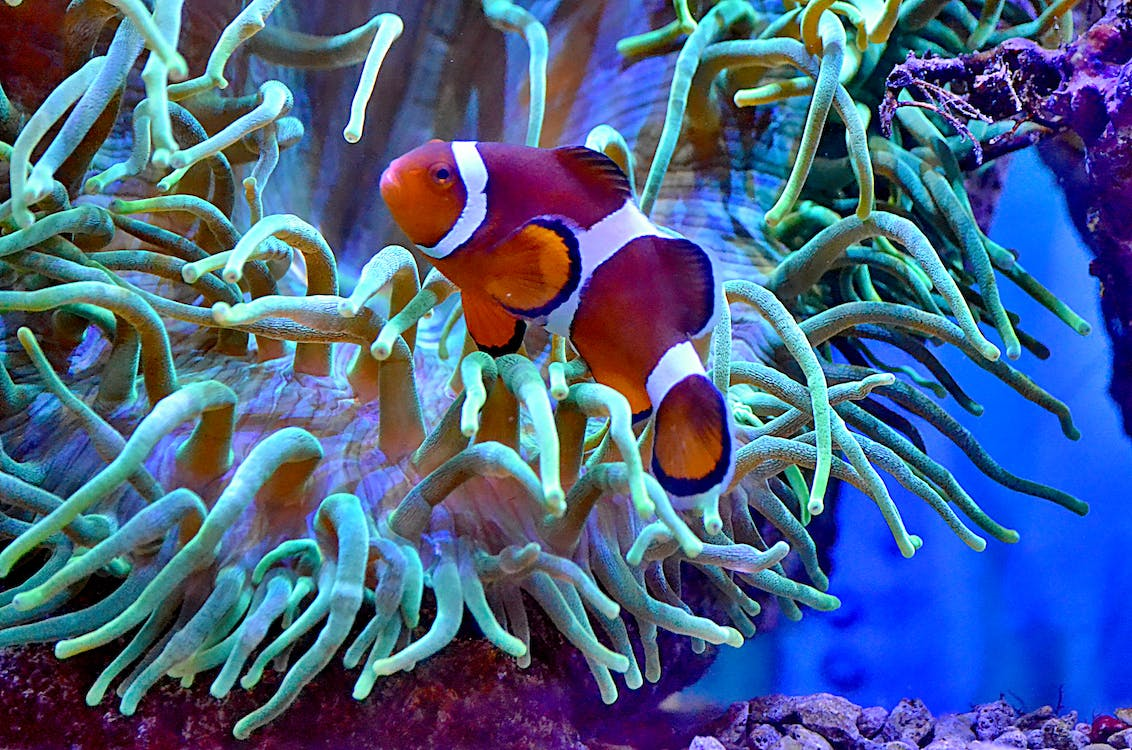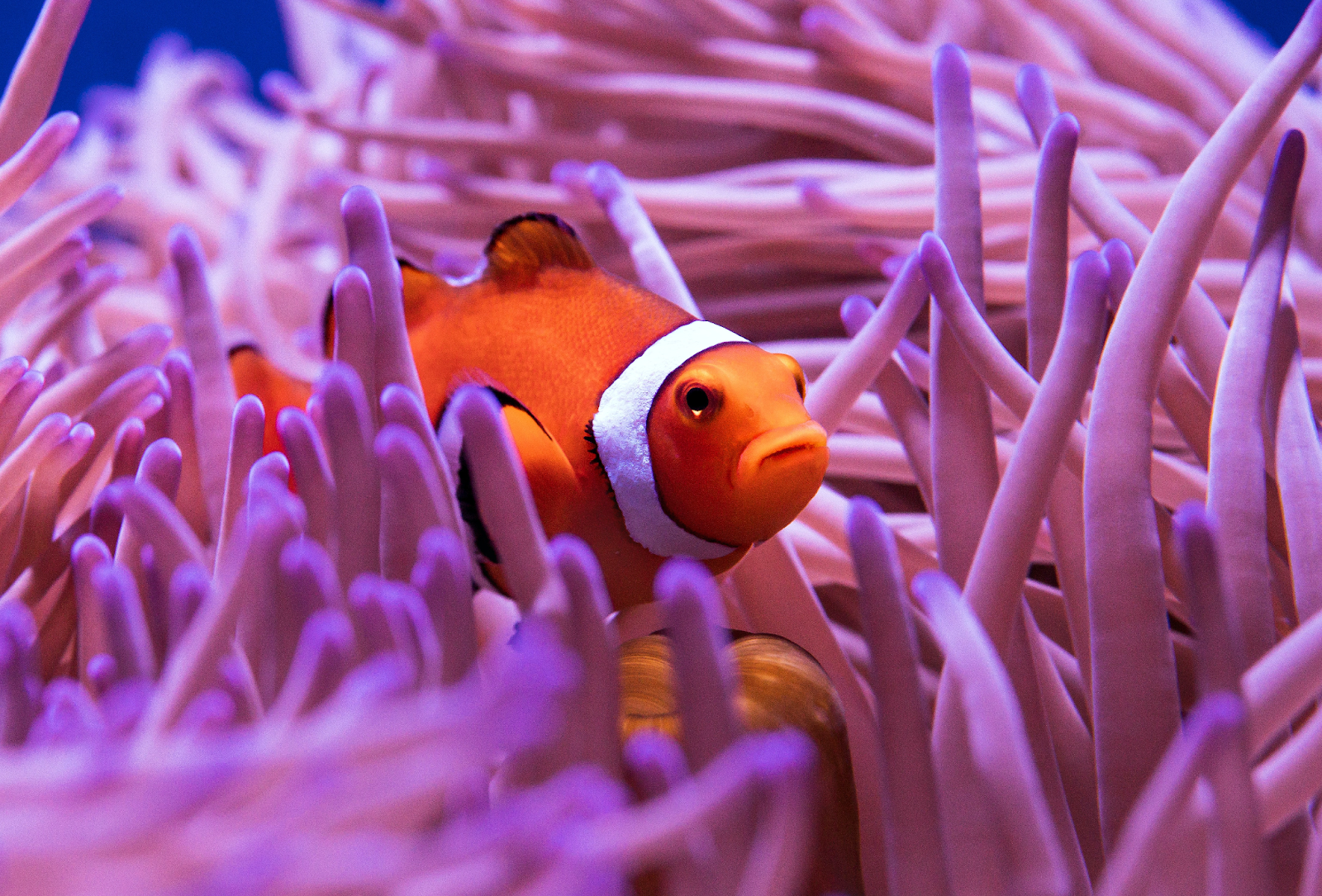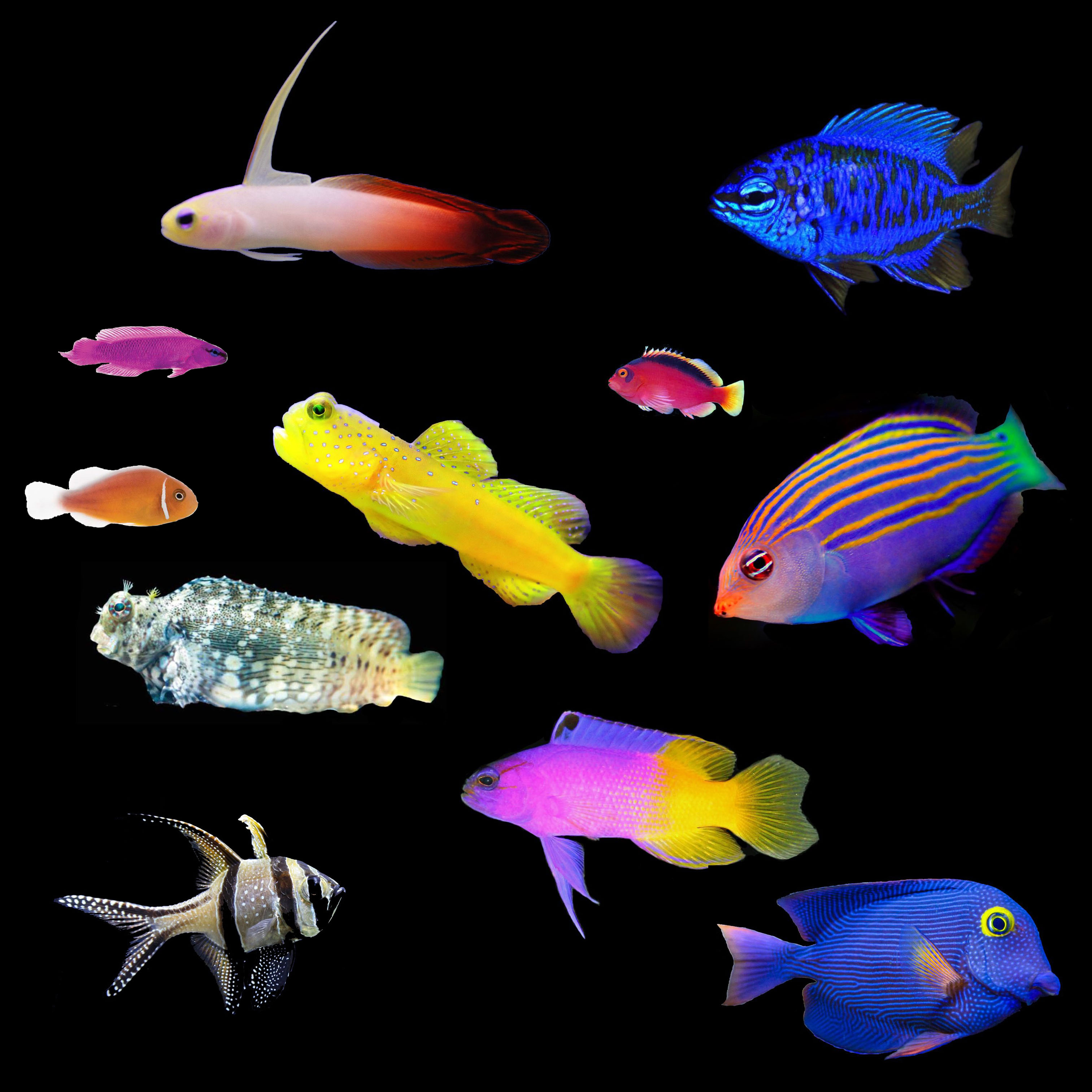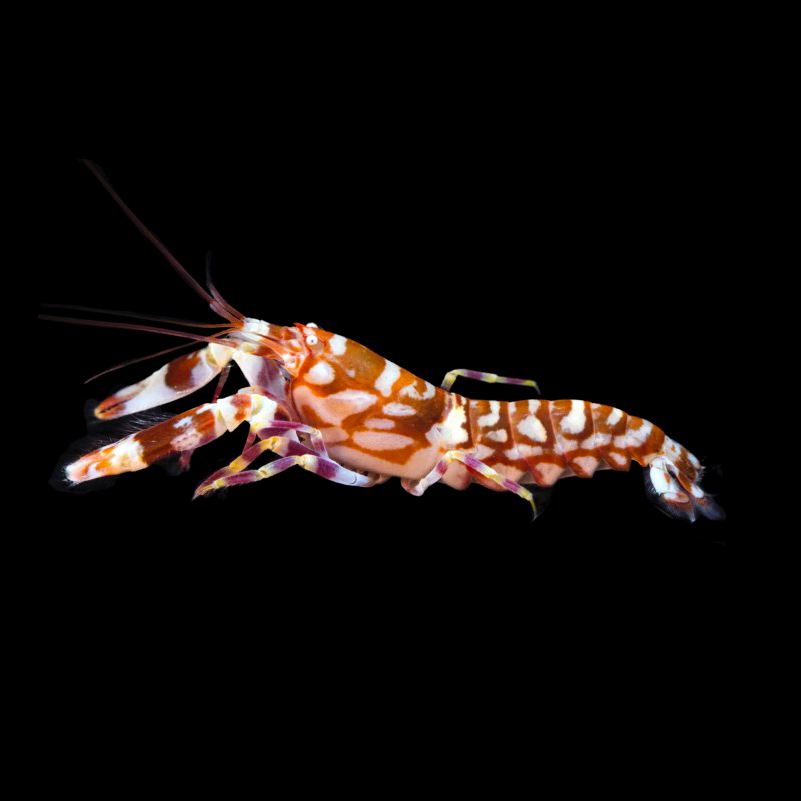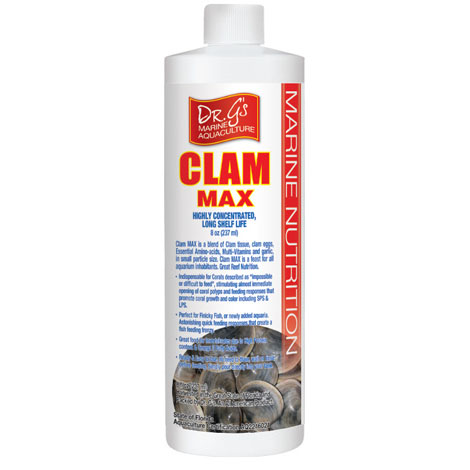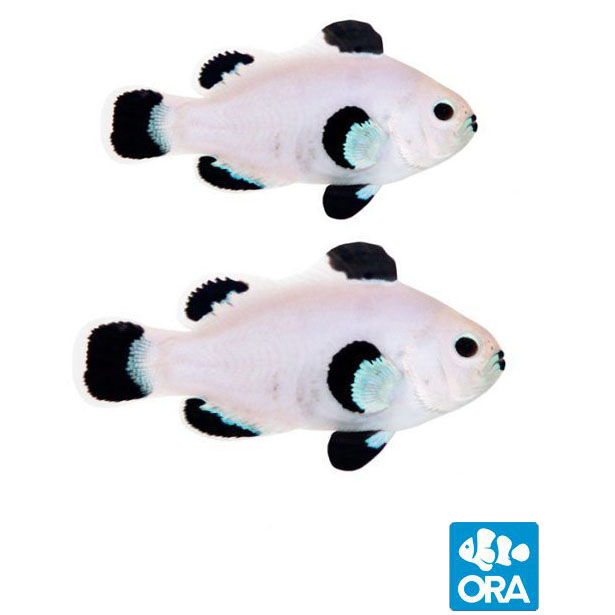We use cookies to make your experience better. To comply with the new e-Privacy directive, we need to ask for your consent to set the cookies. Learn more.
Mexican Turbo Snail - a Beneficial Addition to Any Aquarium Clean-Up Crew
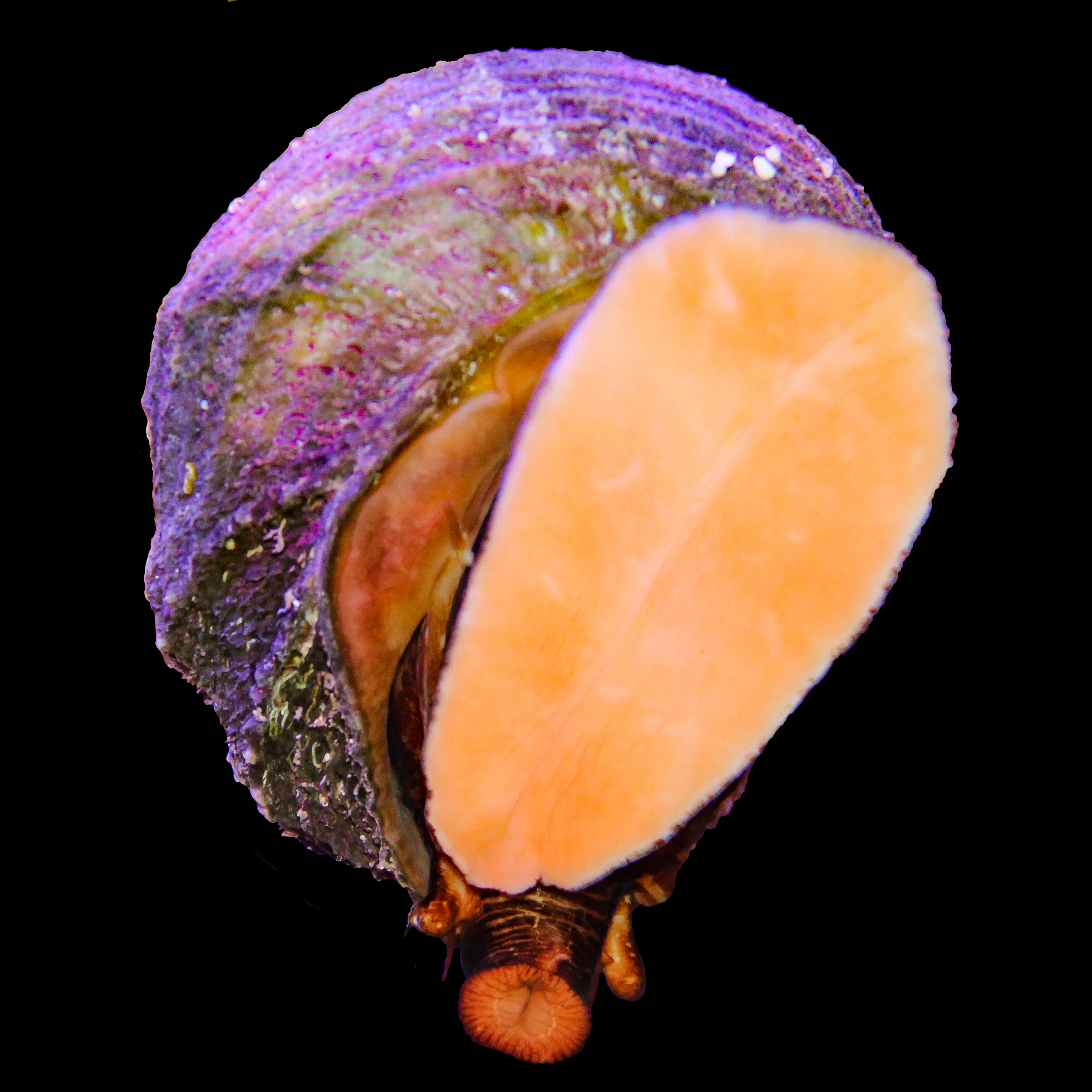
Description: The Mexican Turbo Snail, scientifically known as Turbo fluctuosa, is a captivating addition to any marine aquarium. With its striking appearance and efficient cleaning abilities, this snail serves as an invaluable member of any clean-up crew. Native to the warm waters of the Pacific Ocean, these snails are often collected from Mexico and other parts of Central and South America.
Appearance: The Mexican Turbo Snail boasts a sleek, spiral-shaped shell adorned with distinctive ridges and a vibrant, glossy surface. Its shell can grow to a maximum size of about 2 inches, making it a noticeable inhabitant of your aquarium. The body of the snail is typically dark in color, contrasting beautifully against the lighter hues of its shell.
Life Span: In ideal conditions, Mexican Turbo Snails can live for several years, with an average lifespan ranging from 2 to 5 years. Proper care and a suitable environment contribute significantly to their longevity.
Benefits in Aquariums: As part of the clean-up crew, Mexican Turbo Snails play a crucial role in maintaining the health and cleanliness of both reef and fish-only aquariums. These diligent snails excel at consuming algae, including unsightly types such as hair algae and diatoms, helping to prevent overgrowth and maintain water quality. Their constant grazing not only keeps the aquarium pristine but also creates a visually appealing environment for other tank inhabitants.
Reproduction: While Mexican Turbo Snails may reproduce in captivity under optimal conditions, it is less common compared to their prolific breeding in the wild. However, occasional instances of reproduction have been observed in well-established aquariums with stable parameters. Nonetheless, their primary value lies in their exceptional cleaning abilities rather than rapid reproduction.
Predators: Despite their hard shells, Mexican Turbo Snails are not entirely invulnerable in all aquarium setups. Certain predatory species, such as large hermit crabs and some carnivorous fish, may pose a threat to these snails, especially if the snails are small or weakened. However, with adequate hiding places and a well-balanced ecosystem, the risk of predation can be minimized.
Tempermint and Things to Consider:
Mexican Turbo Snails, while not the largest of snail species, can still grow to a notable size within the confines of an aquarium. On average, they reach a maximum size of about 2 inches in diameter, with some individuals possibly reaching slightly larger dimensions depending on environmental factors and available food sources.
Despite their relatively modest size compared to other marine creatures, Mexican Turbo Snails can still have an impact on their surroundings as they graze on algae and move about the aquarium. As they grow, their movement may become more pronounced, potentially causing displacement of loose substrate and minor rearrangement of smaller decorative elements within the tank.
One aspect that aquarists should consider as these snails mature is the importance of securing corals or other delicate invertebrates within the aquarium. While Mexican Turbo Snails primarily feed on algae and are not intentionally harmful to corals, their size and activity level can inadvertently cause potential damage to corals.
As these snails move across the substrate or climb over rock formations, they may accidentally dislodge or topple small corals that are not firmly anchored. Additionally, their constant grazing may result in incidental contact with coral polyps, which could lead to irritation or stress for the coral but this is not all that common and it more often a temporary nuisance as the snail moves past the coral.
To mitigate any potential issues, aquarists should take proactive measures to secure corals and other fragile invertebrates within the aquarium. This can involve using aquarium-safe epoxy or specialized coral glue to attach corals firmly to rockwork or other stable surfaces. Additionally, arranging the aquascape in a way that provides ample space for the snails to navigate without disturbing corals unnecessarily can help minimize disruptions.
By taking these precautions, aquarists can enjoy the benefits of Mexican Turbo Snails' algae-eating prowess without compromising the stability and aesthetic integrity of their coral reef aquarium. With proper care and thoughtful consideration, these snails can thrive alongside corals and other marine life, contributing to a vibrant and balanced aquatic ecosystem.
In summary, the Mexican Turbo Snail is an attractive and beneficial addition to any marine aquarium. With its unique appearance, effective algae-eating capabilities, and moderate lifespan, this species contributes to the overall health and aesthetics of your aquatic environment. Whether in a reef tank or a fish-only setup, these snails make valuable members of the clean-up crew, ensuring a thriving ecosystem for all inhabitants to enjoy.












